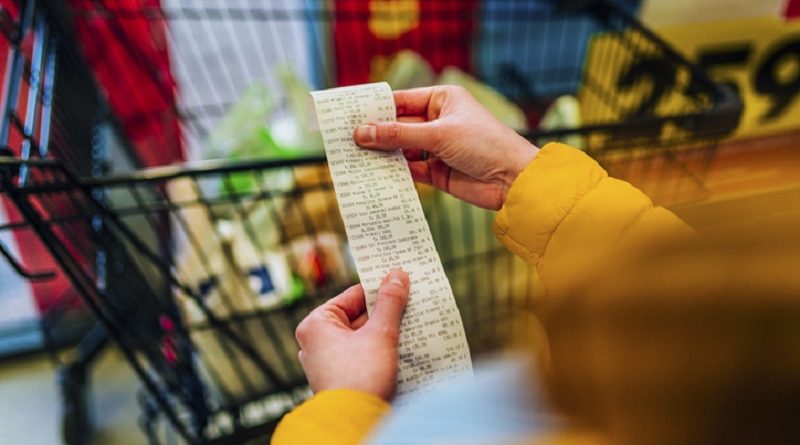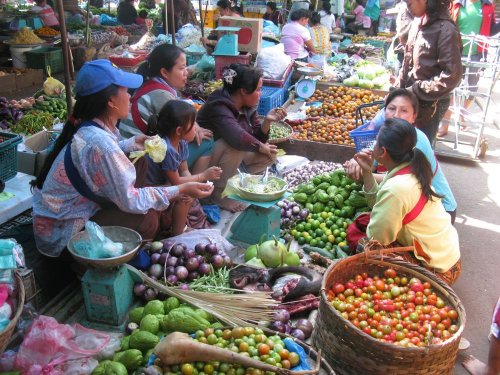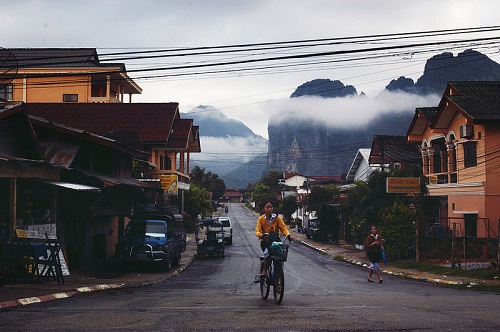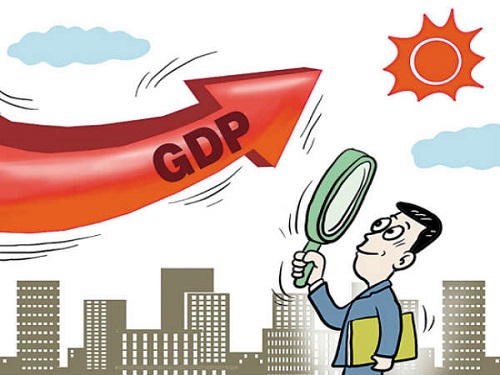Soaring Prices Put Squeeze On Low-Wage Earners
Source: Vientiane Times
The Consumer Price Index continues to surge in Laos, with the cost of pork jumping to 70,000 kip per kg, ramping up pressure on families with low incomes.
In June, the imported consumer price index rose by 14.5 percent month-on-month and 41.2 percent year-on-year, according to the Lao Statistics Bureau.
Meanwhile the price of goods produced domestically increased by 15.9 percent over the past year. The year-on-year inflation rate hit 23.6 percent, the highest figure ever recorded since May 2000.
The sharp increase in the price of imported goods is linked to the depreciation of the kip, as most businesses base the price of the goods they sell on foreign currencies, mainly the Thai baht and US dollar, which are purchased on the parallel market.

The price of fuel (the main driver of inflation) rose by 107.1 percent year-on-year, followed by steel bars (surging by 91.9 percent year-on-year), fuel (69.4 percent), gold jewellery (68.7 percent), milk, cheese and eggs (40.5 percent), and bread and flour-based products (36.1 percent).
The cost of food and non-alcoholic beverages increased by 8.6 percent month-on-month and 16.9 percent year-on-year.
The price rise in this category was driven by the cost of cooking oil, fruit and meat.
For instance, the price of cooking oil rose by 125 percent year-on-year, rice (14.5 percent), pork (15.3 percent), poultry (16.4 percent), fish and seafood (14.1 percent), fruit (30.2 percent), sugar (40 percent), and seasonings (53 percent year-on-year).
The price of goods on sale in Laos shows no sign of decreasing, despite the government’s attempts to bolster domestic production and strictly regulate exchange rates.
The main challenge facing Lao businesses’ plans to boost productivity is the rising cost of production. Equipment such as tractors, fertiliser and animal feed all has to be imported from Thailand.
The sectors involved must do more to promote investment in commercial production to meet market demand and the growing need for exports.
Another challenge for Laos is that inflation has surged above the projected rate of Gross Domestic Product (GDP).
The government set an annual GDP growth target of at least 4 percent from now until 2025, but the year-on-year inflation rate jumped from 6.25 percent in January to 7.3 percent in February, 8.54 percent in March, and 9.86 percent in April, 12.8 percent in May, and 23.6 percent in June.
Many business owners remain concerned about unfavourable exchange rates, as further depreciation of the kip will cause them to operate at a loss.
The government is working to bring more investors and tourists to Laos, along with their much-needed foreign currency, believing this will help stabilise the value of the kip.




